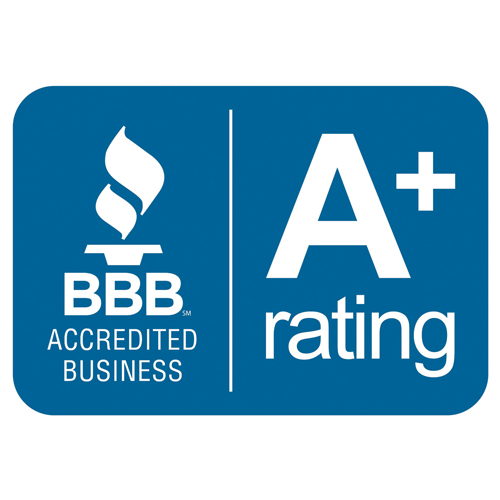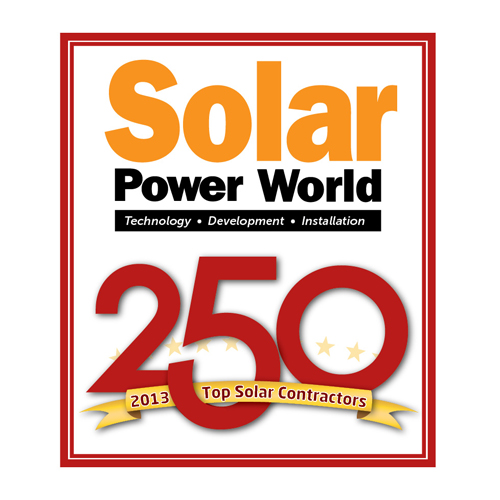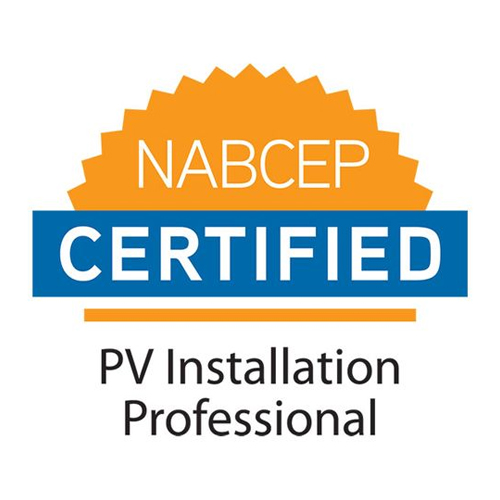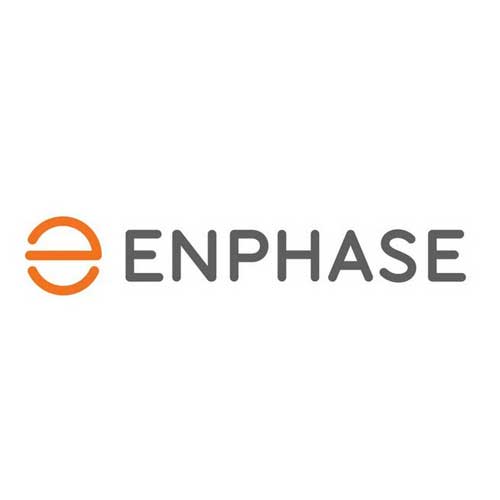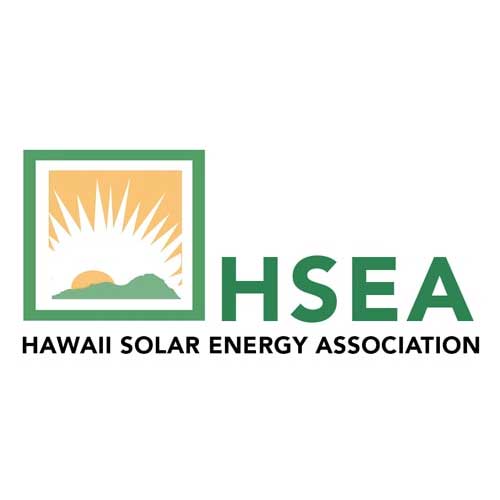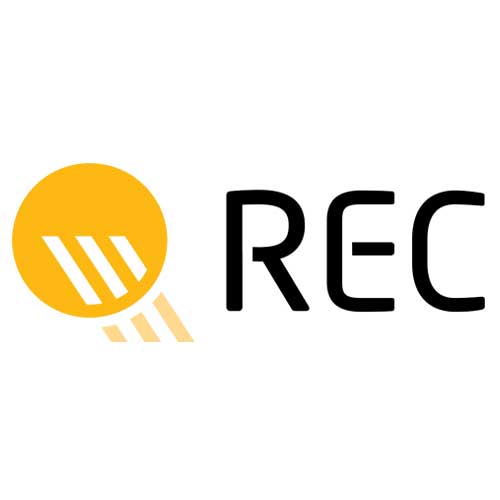Why Solar Energy Is Not Widely Used?
There are many reasons why solar energy is not widely used at present. In this blog post, we are going to explore seven of the disadvantages of solar energy. These disadvantages include the intermittent nature of solar energy, the high cost of solar energy, the need for a lot of space, the environmental impacts of solar energy, the need for maintenance, and the fact that solar energy is not widely available. By understanding these reasons, you can better decide whether or not solar energy is right for your business.
The Challenges of Solar Energy Adoption
High Upfront Costs
One major roadblock preventing wider adoption of solar energy is the high upfront costs associated with installing it. In order for individuals or businesses to start using solar energy, they must first purchase and install the necessary equipment. This includes photovoltaic (PV) panels, inverters, batteries, and other components. These components can cost thousands of dollars and may take months to install properly. Furthermore, depending on the size of the system needed, some homeowners may need to obtain additional permits or special zoning approvals before they can begin installation.
Lack of Knowledge
Another factor slowing down solar adoption is a lack of knowledge about how it works and how it can benefit them financially in the long run. Although many people understand that solar power reduces their carbon footprint and helps protect the environment, most don’t know enough about it to make an informed decision about whether or not it’s right for them. As such, many are hesitant to invest in something they don’t fully understand without doing extensive research into its benefits first.
Unfavorable Government Policies
In some areas, governments have not made sufficient efforts to support renewable sources of energy such as solar power or wind power. In particular, government incentives are often lacking when it comes to providing financial assistance for those looking to purchase or install solar equipment. Without these incentives in place, people are less likely to make the investment in switching over from traditional forms of electricity such as coal or natural gas-generated electricity. Additionally, governments could do more to promote education about renewable sources of energy in order to increase public awareness about their benefits and availability options.
Solar Energy Is Intermittent
Intermittent nature of solar power poses several challenges to the development and utilization of this renewable energy source. First, it limits the potential for large-scale solar projects as reliable and continuous sources are needed to meet the demands of consumers. Secondly, managing grid supply becomes difficult if there are periods with little or no solar output due to cloudy weather or nighttime conditions. Thirdly, excess electricity that cannot be used immediately will have to be stored for later use by battery systems or other means, but this requires additional costs.
Despite these drawbacks, there are technologies being developed to help overcome some of these challenges and make solar energy more reliable and cost-efficient. For example, predictive algorithms can calculate how much energy will be produced from a given array at a certain time based on historical data and current weather forecasts. This allows the demand for electricity to be better managed so that it matches supply more closely.
Solar Energy Is Expensive
The primary reason for the cost associated with solar energy is its high installation cost. To install solar panels on a property involves significant upfront costs which can be prohibitively expensive for many people. This cost is compounded by the fact that great expertise is also required to ensure that the system functions correctly, adding additional labor costs which further increase the expense involved. Additionally, due to its relatively low efficiency, more solar panels are generally needed to generate the same amount of power compared with traditional sources of electricity. This causes an extra demand for materials and components which adds extra cost onto each individual project.
Another major factor in the cost of solar energy lies in government regulations which sometimes make it difficult or costly to install solar systems on properties due to various rules regarding planning permission or restrictions on roof space available for rooftop systems. Moreover, even if regulations are not a significant issue, there could be local utility companies who add their own fees or taxes when solar systems are connected to their grid network – thus making them even less financially attractive than they were before. In addition, due to their intermittent nature (solar radiation cannot always be predicted accurately), storage batteries may be needed in order to smooth out supply – but these too come at a premium price tag which must be factored into any calculations about potential savings from switching over from traditional electricity sources.
Lack Of Awareness And Cost Issues
When it comes to renewable energy, solar energy is often thought of as a great option. After all, it’s renewable and sustainable, right? Sadly, this isn’t always the case. Solar energy is not widely used in the United States for a variety of reasons. One big reason is the high initial investment cost – solar panels can cost up to $20,000. Additionally, solar energy requires maintenance and upkeep that many people may not be able to afford.
Another deterrent to using solar energy is that it’s not as reliable as other forms of energy. For example, solar power doesn’t work well in cold weather or during nighttime hours. In fact, according to the U.S. Energy Information Administration (EIA), only about 1 percent of all electricity comes from sources like solar and wind – compared to more than 30 percent from coal and gas combined.
Even if someone does have the money for a solar installation, awareness of this option among potential customers is low. Many people don’t know about solar panels or how they work – even though they are an environmentally friendly option. And finally, despite having the potential to be a renewable and sustainable resource like other forms of energy, the high cost has kept solar power from becoming widely used in America. With awareness raised on all these fronts and an easier initial investment, we think that solar power will become more popular in coming years.
Solar Energy Requires A Lot Of Space
In order to produce enough power from solar energy, it requires large panels or arrays of photovoltaic (PV) cells installed on rooftops or large open land areas such as deserts. This means that for many households or businesses with limited roof space or no suitable land area available, using solar energy is simply not an option. Additionally, installing these large PV systems requires considerable investment in land and labor costs which further limits its use in certain regions.
Nevertheless, many countries are actively investing in expanding their solar power capabilities by utilizing open spaces like abandoned industrial sites and brownfields. These areas are often ideal locations for large-scale PV installations since they generally have access to plenty of sun exposure and are already cleared of any obstructions that may otherwise prevent installation. In addition, some governments offer subsidies or tax incentives for businesses who install PV systems on these sites in order to encourage the adoption of renewable energies and reduce emissions.
Solar Energy Cannot Be Applied On A Wide Scale Without Large Scale Facilities
There are many reasons that solar energy is not used more often. Some of these reasons include the fact that it is not cost effective, it requires large scale facilities that most homeowners do not have access to, and it is not as reliable as other forms of energy. However, there are also a number of reasons why solar energy could be used more often if it were more cost effective and reliable.
Looking at the cost side of things, solar energy is typically cheaper than other forms of energy. This makes it an attractive option for certain applications, such as lighting or powering a small device like a mobile phone. However, this does not mean that solar energy always costs less – there are definitely cases where solar power is more expensive than other options.
Another issue with solar power is that it usually requires large-scale installations in order to be effective. For example, homes typically do not have the capacity to generate their own electricity from solar panels – they would need to go out and purchase a system from a third party or lease one from the government. This means that most people who want to use solar energy do not have access to it on a wide scale.
Reliability also matters when looking at renewable sources of energy like sun light or wind turbines. Many people think of these types of sources as being incredibly reliable – after all, they work every single day without fail! Unfortunately, this isn’t always the case with renewable sources of energy. Solar panels may produce less power during peak hours due to clouds or direct sunlight shining on them; wind turbines can sometimes struggle against strong winds (or even just turbulence). In both cases, reliability can be an issue if you need your system to work constantly and reliably without interruption or failure.
Overall, while there are many reasons why solar energy doesn’t tend to be used more often in everyday life, there are also many potential benefits for using this type of power in the future instead. If you’re looking into ways to reduce your carbon footprint or want an environmentally friendly option for powering your home or office, then solar might be worth considering!
Solar Energy Is Weather Dependent
When considering how much solar energy you can generate from your home or business, it’s important to consider that sunlight intensity varies depending on your geographic location. The closer you are to the equator, the more intense the sunlight will be throughout the year; however if you live in a region with seasonal changes, then you may experience less sunlight during winter months than in summer months. Sunlight also has its peak hours, generally around noon when it is strongest; this means that your solar capacity may be affected by cloud cover or prevailing winds in your area. Without direct sunshine there will be significantly lower levels of power produced by any Solar PV system.
The efficiency of a solar panel also decreases when temperatures rise above 25°C (77°F). This occurs because as temperatures increase and photons become more energetic they can more easily break through layers of silicon atoms allowing electrons to escape and reducing their ability to generate electric currents. On hot days when clouds are not blocking out direct sunlight, large amounts of electricity collected by a solar panel can be lost due to heat dissipation thus reducing its total efficiency.
Solar Energy Is Not Widely Used Because It Depends On Weather Conditions
The availability of solar energy depends heavily on geographical location; sunny tropical climates are ideal for collecting large amounts of solar radiation, whereas areas with high levels of cloud cover are less suitable for this type of power generation. Solar panels require direct exposure to the sun’s rays in order to generate electricity effectively and efficiently. They can be installed on rooftops or other exposed areas to maximize the sun’s reach, however these may not always be available due to space constraints or architectural restrictions.
In addition to being dependent on adequate sunlight, solar panels need an inverter that transforms DC into AC current in order to feed power into a home or business electrical grid. This adds an extra burden for those who wish to install solar panels and may explain why they are not yet widely used despite their clear advantages over traditional forms of energy production such as coal and oil-based systems.
Solar Energy Has Environmental Impacts
The manufacturing process for producing photovoltaic panels also creates emissions from the materials used in their construction, such as lead, arsenic, and other hazardous materials. These materials are released into the environment during manufacturing and recycling processes, creating potential health hazards for people working and living in close proximity to them. In addition, improper disposal of solar components can result in contamination of soil and water near the facility where they are produced or recycled.
The amount of water needed to keep any kind of large-scale solar project operational is another environmental concern with regards to solar energy production. Solar power plants need a lot of water to clean dust off mirrors or panels which helps ensure they remain efficient over time. This means that precious resources like water must be diverted away from other uses such as agriculture or drinking water if it is available near the site location.
Solar Energy Requires Maintenance
There’s a lot of talk these days about renewable energy sources like solar power. Solar energy is a great option for those looking to reduce their carbon footprint, and it also has some great benefits that make it an appealing choice. Here are five of the top reasons why solar energy is not widely used yet, but will soon be the norm.
Solar panel systems require little to no maintenance. If you’re like most people, you probably don’t have time or resources to keep your windows clean and your roof in good shape. But that’s where solar panel systems come in – they take care of all the maintenance for you. Most solar panels come with a 25- year warranty, so you can be sure that if there are any problems with the system, you can get help from the manufacturer.
Most solar panels come with a 25- year warranty because most people don’t want to deal with repairing or replacing their system every few years. With technology advancing at such a rapid pace, it’s likely that newer models will have better features and will last longer than older ones did at first. This means less hassle for you and less cost for your wallet in the long run.
Solar energy is a renewable resource – just like wind and hydro power, solar energy can be used over and over again without damaging anything or costing anyone anything extra. Unlike other forms of energy that require fossil fuels to generate (like coal or oil), solar power relies on the sun alone to work – so it’s always renewable!
Solar power is becoming more affordable all the time due to technological advances and increased demand from consumers both in America and around the world. In fact, some estimates suggest that by next year, rooftop solar could become cheaper than buying electricity from traditional utilities! This means more families are being encouraged to switch over to using alternative forms of energy like solar power instead of relying on harmful fossil fuels.
To Wrap Things Up
Solar energy has great potential as a clean and renewable source of electricity but despite its advantages there are still several factors preventing wider adoption by individuals and businesses alike. Chief among these issues are high upfront costs, lack of knowledge about how solar works and how it can benefit them financially in the long run, as well as unfavorable government policies that provide little incentive for investing in renewable sources like solar power over traditional ones like coal or gas-generated electricity. However if governments were willing to provide incentives such as tax credits or subsidies then more people would be encouraged to make the switch from traditional forms of electricity generation towards cleaner alternatives like solar power which would help reduce emissions worldwide while also cutting down on electricity costs at home and abroad in the long term.

